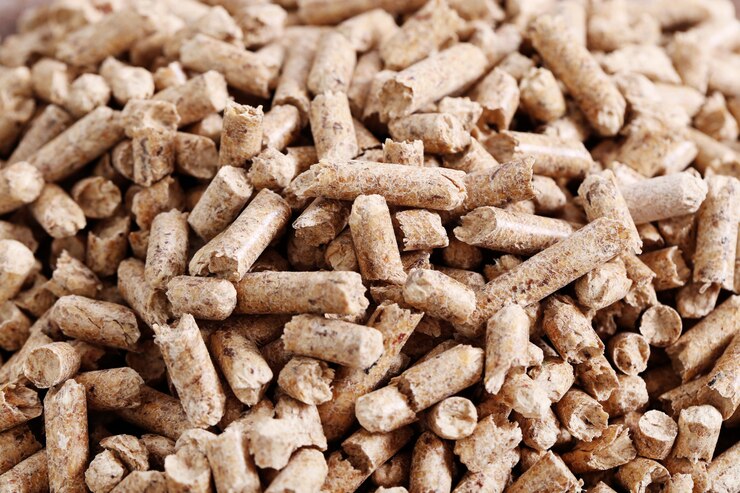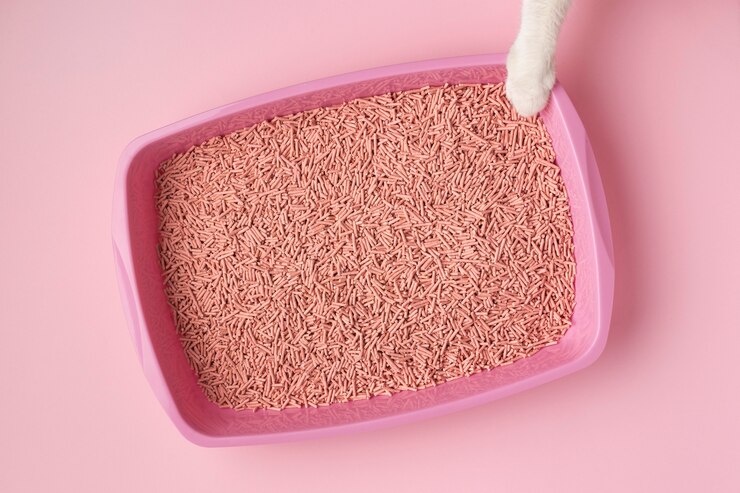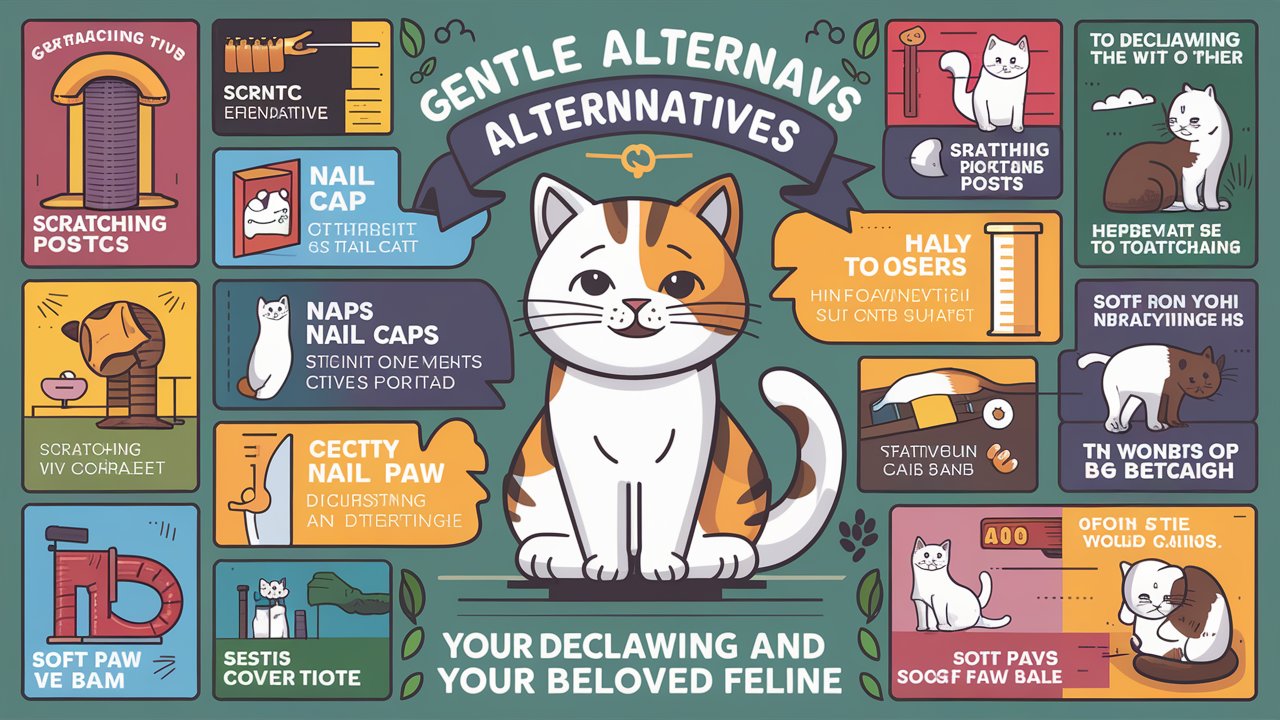Tired of the ever-climbing cost of traditional cat litter? Fear not, budget-conscious cat lovers! A world of alternative litters awaits, offering both financial relief and potential environmental benefits. Here’s a breakdown of some of the most affordable options:
Natural Choices:
- Wood Pellets: Absorbent, cost-effective, and boast excellent odor control. Made from renewable resources, these are an eco-friendly pick. However, scooping requires more finesse as they don’t clump.
- Sawdust: Another affordable and absorbent option, good at controlling odor and often free from lumberyards. Keep in mind the potential for dust and some cats might not appreciate the texture.
- Paper Pellets: Eco-friendly, dust-free, and lightweight, making them easy to scoop. Some varieties even clump. However, absorbency might not be as impressive as other options, and tracking can occur.
- Rice Hulls: Highly absorbent and hypoallergenic, making them ideal for cats with sensitive paws or allergies. They’re dust-free and biodegradable, but don’t clump and can be pricier depending on location.
- Coconut Coir: Derived from coconut husks, it’s absorbent, odor-neutralizing, and biodegradable. Some municipalities even allow flushing. However, it can be expensive and some cats might not find it as comfortable as other options.
Recycled Wonders:
- Newspaper Pellets: Eco-friendly, dust-free, and lightweight for easy scooping. But absorbency can be lower than other options, and tracking is a possibility.
- Recycled Paper Cat Litter: Available in both clumping and non-clumping varieties, making it an affordable and eco-conscious choice. However, absorbency might not be as impressive as some other options.
Other Alternatives:
- Non-clumping Clay Litter: More affordable than clumping varieties, but requires full box changes more frequently, negating potential cost savings.
- Puppy Pads: Convenient for travel or single-cat households, but not flushable, require frequent changing, and might not be the most stimulating option for your feline friend.
- Wood Shavings: Absorbent and affordable with good odor control, but tracking can be a major concern, and some cats might find them too rough on their paws.
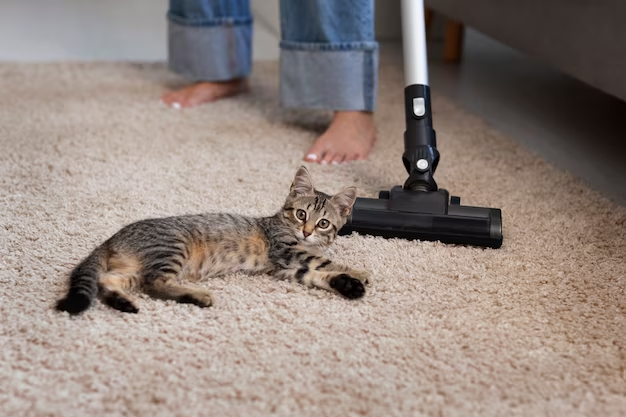
Remember, the “best” alternative depends on your individual needs and preferences. Consider your cat’s personality, your budget, and environmental impact when making your choice.
Stay tuned for the next part of this feline frugal guide, where we’ll delve into the pros and cons of each option, helping you find the purr-fect fit for your furry friend and your wallet! I wrote another article about >>>> Christmas tree alternatives for cat owners that you should read to learn more.
Cheaper Alternatives to Cat Litter: A Feline Frugal Guide.
Let’s face it, scooping litter boxes isn’t exactly the highlight of being a cat parent. But on top of the chore itself, the cost of traditional clay litter can add up quickly. Fear not, budget-conscious cat lovers!
There’s a world of alternative litter out there waiting to be explored, offering both financial relief and potential environmental benefits. In my 25 years as a product reviewer and cat litter connoisseur, I’ve sifted through countless options, and here are the top contenders when it comes to affordability and feline satisfaction:
I. Budget-Friendly Bonanza:
- Nature’s Bounty:
- Wood Pellets: These champions of affordability are highly absorbent and mask odors like nobody’s business. Plus, they’re readily available at farm supply stores and often come in hefty bags, making them wallet-friendly. Just keep in mind, that they don’t clump, so scooping requires a bit more finesse.
- Sawdust: Soft on kitty paws and naturally absorbent, sawdust can be a great choice. Opt for cedar, spruce, or fir varieties for optimal odor control. However, tracking can be an issue, and some cats might not appreciate the woodsy aroma.
- Paper Pellets: Lightweight and dust-free, paper pellets are a gentle option for both cats and humans. They often come with clumping abilities, making scooping a breeze. But their absorbency might not be as impressive as other options, and tracking can occur.
- Rice Hulls: Highly absorbent and hypoallergenic, rice hulls are a unique choice for cats with sensitive paws or allergies. They’re also dust-free and biodegradable, making them an eco-conscious pick. However, they don’t clump, and their availability can be limited depending on your location.
- Coconut Coir: This sustainable option boasts impressive odor-neutralizing abilities and is naturally absorbent. Plus, it’s biodegradable and flushable in some municipalities. But similar to rice hulls, it lacks clumping power and can be messy if your cat likes to dig vigorously.
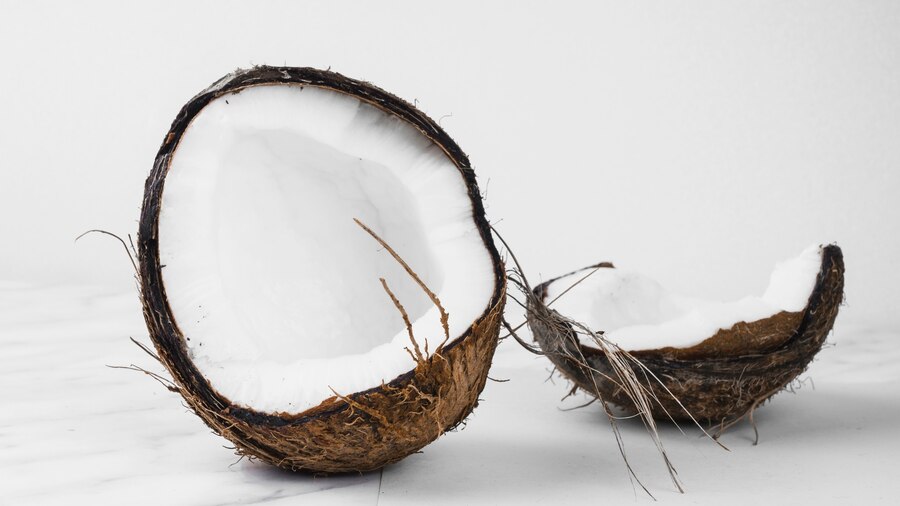
- Recycled Riches:
- Newspaper Pellets: Dust-free and lightweight, newspaper pellets are an eco-friendly choice. They’re readily available and often quite affordable. However, tracking can be more of an issue compared to other options, and ink transfer is a possibility.
- Recycled Paper Cat Litter: Made from repurposed paper, this litter offers various options, including clumping varieties for easier scooping. It’s budget-friendly and eco-conscious, but dust potential and tracking are factors to consider.
- Other Alternatives:
- Non-clumping Clay Litter: This classic choice is significantly cheaper than its clumping cousin. However, it requires full box changes more frequently, which can negate the cost savings in the long run.
- Puppy Pads: Convenient for travel or single-cat households, puppy pads are absorbent and readily available. But they’re not flushable, require frequent changing, and might not be the most stimulating option for your feline friend.
- Wood Shavings: Similar to sawdust, wood shavings are absorbent and offer good odor control. They’re readily available and affordable, but tracking can be a major concern, and some cats might find them too rough on their paws.
Remember, the “best” alternative depends on your individual needs and preferences. Consider your cat’s personality, your budget, and environmental impact when making your choice.
Stay tuned for the next part of this feline frugal guide, where we’ll delve into the pros and cons of each option, helping you find the purr-fect fit for your furry friend and your wallet!
II. Weighing the Pros and Cons: A Litter Box Showdown.
Now that we’ve explored the exciting world of alternative cat litter, let’s dive into the nitty-gritty: the pros and cons of each option. Remember, there’s no one-size-fits-all solution, so consider these factors carefully to find the litter that strikes the perfect balance for your feline companion and your budget.
Cost:
- Most affordable: Wood pellets, non-clumping clay litter, newspaper pellets.
- Moderate: Sawdust, wood shavings, recycled paper litter (non-clumping)
- More expensive: Paper pellets, coconut coir, recycled paper litter (clumping)
Clumping:
- Clumping champs: Clumping clay litter, recycled paper litter (clumping varieties), some wood pellet brands.
- Partial clumping: Some sawdust varieties.
- Non-clumping: Wood pellets, rice hulls, coconut coir, non-clumping clay litter, newspaper pellets.
Odor Control:
- Odor-busting stars: Wood pellets, pine sawdust, coconut coir (with proper scooping)
- Moderate odor control: Non-clumping clay litter, wood shavings, some paper pellet brands.
- Less effective: Newspaper pellets, recycled paper litter (non-clumping)
Dust:
- Dust-free delights: Paper pellets, coconut coir, some recycled paper litter brands.
- Low dust: Wood pellets (compressed varieties)
- Dusty devils: Non-clumping clay litter, some sawdust varieties, wood shavings.
Tracking:
- Minimal mess: Paper pellets, coconut coir (with proper scooping)
- Moderate tracking: Wood pellets (compressed varieties), some sawdust varieties, non-clumping clay litter
- Tracking troublemakers: Wood shavings, newspaper pellets
Scooping Frequency:
- Less scooping: Clumping clay litter, clumping recycled paper litter
- More frequent scooping: Non-clumping clay litter, wood pellets, sawdust, wood shavings, coconut coir, newspaper pellets
Disposal:
- Flushable: Some coconut coir brands (check local regulations)
- Biodegradable: Paper pellets, coconut coir, wood pellets (depending on brand)
- Landfill: Non-clumping clay litter, wood shavings, newspaper pellets.
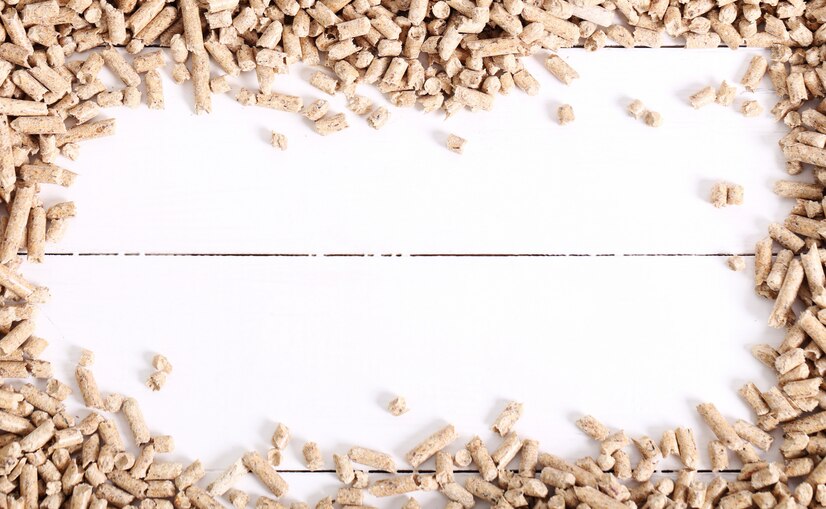
Environmental Impact:
- Eco-friendly heroes: Paper pellets, coconut coir, recycled paper litter, wood pellets (sustainably sourced)
- Less eco-friendly: Non-clumping clay litter, wood shavings,
Remember, this is just a general overview, and specific brands within each category can vary in their characteristics. Research different options to find the best fit for your cat and your needs.
In the next section, we’ll delve deeper into choosing the right alternative, considering your cat’s preferences and your lifestyle. Stay tuned for more tips on making the switch to a budget-friendly litter a smooth and successful transition for both you and your feline friend!
III. Finding Your Purrfect Match: Tailoring the Litter Box to Your Feline Friend.
So, you’ve explored the cost-effective alternatives and weighed the pros and cons. Now comes the crucial part: choosing the litter that your cat will actually use and enjoy. Remember, happy cat, happy home (and happy scooping!). Here are some key factors to consider:
Your Cat’s Preferences:
- Texture: Observe your cat’s litter box habits. Do they prefer soft and plush surfaces like paper pellets or shredded coconut coir? Or do they enjoy digging in more textured options like wood pellets or sawdust?
- Clumping vs. Non-Clumping: Some cats are particular about clumping. If your feline friend is a meticulous digger, a clumping litter might be more appealing for scooping and keeping the box clean.
- Odor Sensitivity: Does your cat have a sensitive nose? Opt for litters with natural odor control like wood pellets, pine sawdust, or coconut coir. Fragranced litters might seem appealing, but they can be overwhelming for some cats.
Your Lifestyle:
- Scooping Frequency: Consider how much time and effort you can dedicate to scooping. Clumping litters generally require less frequent scooping compared to non-clumping options.
- Tracking: If litter escaping the box is a major concern, choose options with minimal tracking like paper pellets or coconut coir. Opt for larger litter box mats or a covered litter box to contain any stray litter.
- Disposal Methods: If flushable or biodegradable options are important to you, narrow down your choices accordingly. Remember to check local regulations for flushing guidelines.
Additional Tips:
- Start Slowly: Transitioning to a new litter requires patience. Gradually mix the new litter with the old over a period of days or even weeks to avoid litter box aversion.
- Monitor Your Cat: Pay close attention to your cat’s behavior after the switch. Are they using the litter box regularly? Do they seem stressed or uncomfortable? Any changes in behavior might indicate that the new litter isn’t the best fit.
- Experiment: Don’t be afraid to try different options! Every cat has their own preferences. Finding the perfect litter might require a bit of trial and error.
Remember, the key is to find a balance between your budget, your cat’s needs, and your lifestyle. With a little research and observation, you’ll be well on your way to a more affordable and feline-friendly litter box experience.
In the next section, we’ll wrap up with some final tips and answer some frequently asked questions to ensure you have all the information you need to make the switch to a cheaper and perfectly suitable alternative litter for your feline companion.
IV. Wrapping Up: Your Feline Frugal Guide to a Happy Litter Box.
So you’ve navigated the exciting world of alternative cat litter, weighed the pros and cons, and considered your cat’s preferences and your lifestyle. Now it’s time to put your newfound knowledge into practice and make the switch to a budget-friendly and perfectly suitable litter box solution for your feline friend.

Final Tips:
- Shop in Bulk: Buying larger quantities of litter can often be more cost-effective. However, make sure you have enough storage space, and consider the shelf life of the litter.
- Coupons and Online Deals: Keep an eye out for coupons and online deals on alternative litters. Many pet stores and online retailers offer discounts and promotions.
- DIY Options: For the truly adventurous and budget-conscious cat parent, explore DIY alternatives like shredded cardboard or newspaper (ensure inks are safe). Research thoroughly and prioritize your cat’s health and comfort.
Frequently Asked Questions:
- Are there any health risks associated with using alternative cat litter? Certain litters, like silica crystal varieties, can pose respiratory risks if inhaled. Choose dust-free options and always follow proper scooping and hygiene practices.
- How can I make switching to a cheaper cat litter easier on my cat? Introduce the new litter gradually as mentioned earlier. Ensure the litter box is clean and inviting. Monitor your cat’s behavior and address any concerns promptly.
- What are some eco-friendly disposable options for alternative cat litter? Paper pellets, coconut coir (biodegradable in some municipalities), and recycled paper litter are some eco-conscious choices. Always research the specific disposal guidelines for your chosen option.
- Are there any DIY alternatives to store-bought cat litter? Shredded cardboard or newspaper can be used, but ensure inks are safe and dust levels are minimal. Prioritize your cat’s health and well-being when considering DIY options.
- What are some additional factors to consider when choosing a cheaper cat litter? Consider your cat’s age and health conditions. Kittens or senior cats might have specific needs. Additionally, factor in the size and number of your cats when choosing the litter quantity and box size.
Remember, switching to a cheaper litter doesn’t have to compromise your cat’s comfort or your budget. By considering your cat’s preferences, your lifestyle, and the tips provided, you can find the most affordable and eco-conscious solution for a happy litter box experience for both you and your feline companion. Now go forth and conquer the world of budget-friendly cat litter with confidence!
I am commitment to crafting compelling narratives and delivering insightful content continues to inspire and inform readers across various platforms. Explore her articles on AlternativesZone.com and FactAfterFact.com to experience a rich tapestry of knowledge and discovery. Here I Analyze and Test the products and services together with my team before we recommend them to our users. Nice Reading Here!


